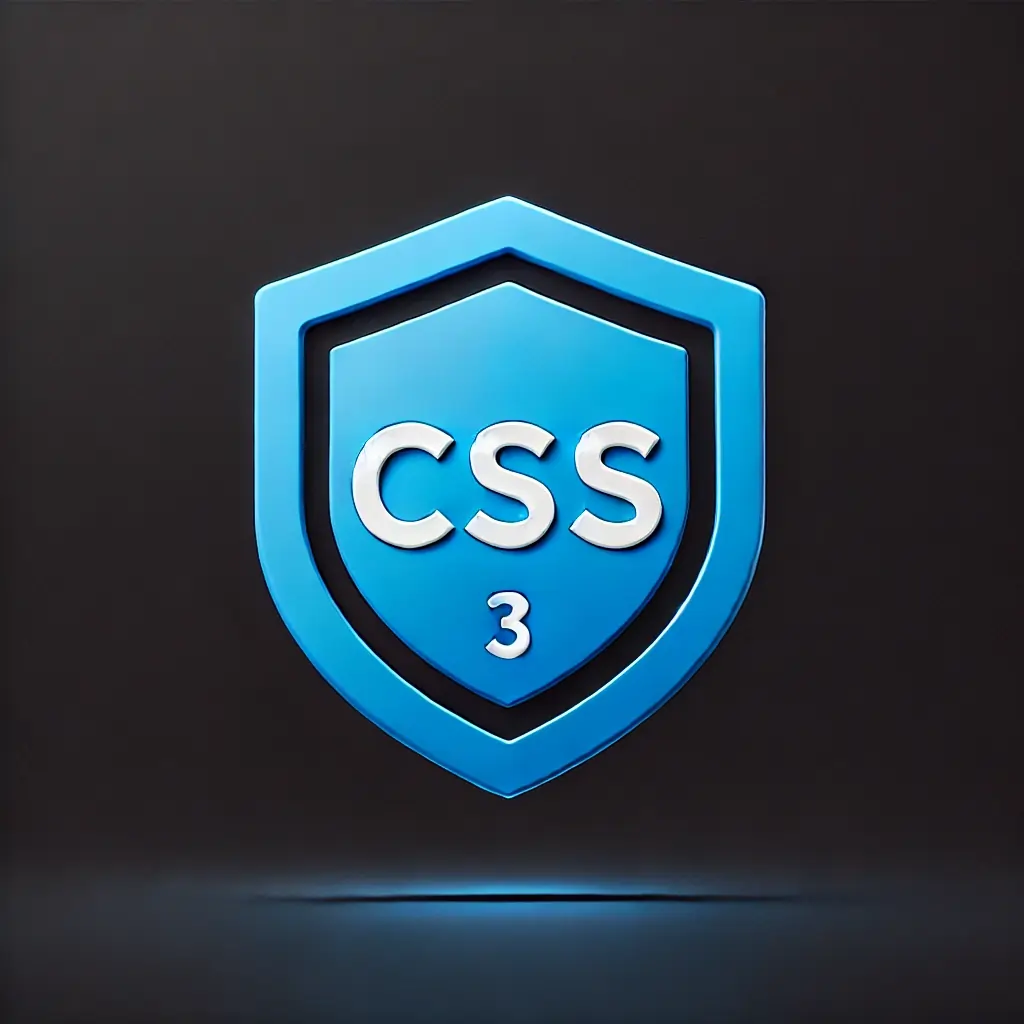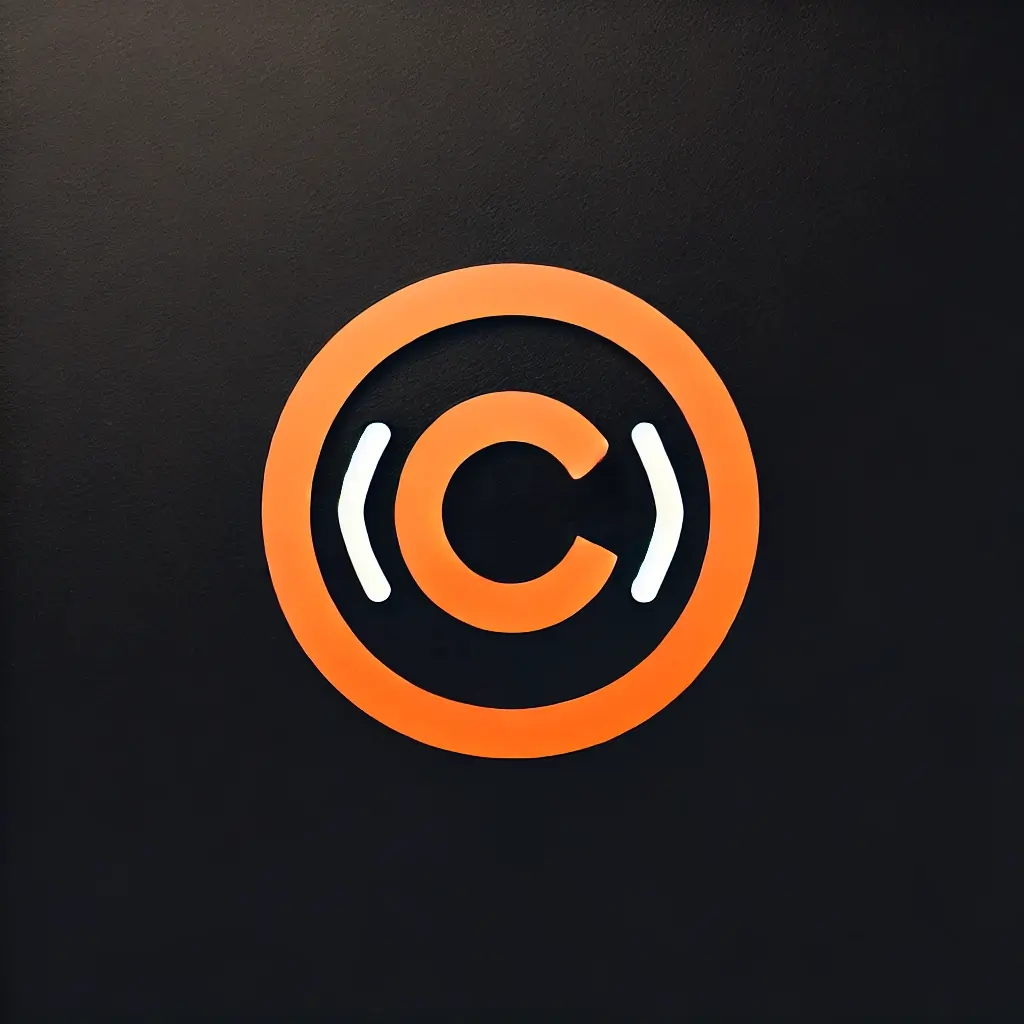JavaScript
The Brain of Webpages
Demo buttons
What is JavaScript for in Web development?
JavaScript is a programming language used in web development to add interactivity and dynamic functionality to websites. While HTML provides the structure and CSS styles the page, JavaScript brings the page to life by enabling features that allow users to interact with content, such as clicking buttons, submitting forms, and navigating interactive menus. With JavaScript, developers can create dynamic content that updates in real-time without refreshing the page. For example, JavaScript can validate form inputs to check for errors before submission, load additional content when users scroll, or update prices on an e-commerce site based on selections. JavaScript can also respond to user actions, like showing a popup when a button is clicked or animating elements as the user scrolls down the page. JavaScript works well with HTML and CSS to create a seamless user experience, and it’s supported by all modern web browsers, making it a key part of front-end development. Through frameworks and libraries like React, Angular, and Vue, JavaScript has evolved to handle complex web applications, allowing developers to build entire interactive web apps that feel as responsive as native apps. In short, JavaScript is essential for adding interactivity, creating dynamic content, and building more engaging, responsive web experiences, making it a powerful tool in modern web development.
What do I need to know to start with JavaScript?
To start with JavaScript, it’s helpful to have a basic understanding of HTML and CSS, as these are the building blocks of web development. HTML provides the structure, CSS styles the appearance, and JavaScript adds functionality, so knowing how these three work together will make learning JavaScript much easier. Next, it’s essential to understand JavaScript fundamentals, like variables (for storing data), data types (such as strings, numbers, and booleans), and basic operators (like +, -, and * for calculations). You’ll also need to know about functions, which are blocks of code that perform specific tasks, and conditionals (like if and else statements) for decision-making in code. Loops are another basic concept; they allow you to repeat tasks, such as going through a list of items. It’s also crucial to understand the Document Object Model (DOM), which is how JavaScript interacts with HTML on a webpage. Through the DOM, JavaScript can select elements on a page, change their content, or respond to user actions like clicks and form submissions. As you get comfortable with these basics, you can begin learning about events, which let JavaScript respond to user actions, and arrays and objects, which are data structures for storing and organizing data. These fundamentals will prepare you to start building interactive, dynamic features on web pages. In short, a solid grasp of HTML, CSS, and JavaScript basics—like variables, functions, DOM manipulation, and events—will give you the foundation you need to start coding with JavaScript and building interactive web applications.
function keyword, followed by a name, parentheses (),
and curly braces {}. Inside the braces, you write the code that
will run when the function is called. For example: function greet() {
console.log("Hello, World!"); }. Here, greet is the
function name. When you call greet(), it will display "Hello,
World!" in the console. Functions can also accept parameters,
which are values passed into the function to customize its behavior. For
example: function greet(name) { console.log("Hello, " + name + "!");
}. Here, name is a parameter. When you call
greet("Alice"), it will print "Hello, Alice!". Parameters allow
functions to be flexible and handle different inputs. In summary, functions are
essential in JavaScript because they allow you to create reusable code, organize
tasks, and make your program more efficient. By understanding and using
functions, you can build more complex and interactive web applications.
if-else statements are used to make decisions in your
code based on certain conditions. They allow you to run different pieces of code
depending on whether a condition is true or false. This is a fundamental part of
programming because it enables your program to respond dynamically to different
situations, making it more interactive and functional. An if
statement begins with the keyword if, followed by a condition in
parentheses. If the condition is true, the code inside the { }
braces will execute. For example: let age = 18; if (age >= 18) {
console.log("You are eligible to vote."); }. In this case, if
age is 18 or greater, the message "You are eligible to vote" will
appear. If the condition is false, nothing will happen unless you add an
else statement. The else statement provides an
alternative set of instructions if the initial if condition is
false. Here’s how it looks: let age = 16; if (age >= 18) {
console.log("You are eligible to vote."); } else { console.log("You are not
eligible to vote."); }. Now, if age is less than 18, the
message "You are not eligible to vote" will appear. You can also add more
conditions with else if for multiple options: let score = 85;
if (score >= 90) { console.log("You got an A."); } else if (score >= 80) {
console.log("You got a B."); } else { console.log("Keep working hard!");
}. In summary, if-else statements let you control the
flow of your program by checking conditions and deciding which code should run
based on those conditions, making your code flexible and responsive to different
scenarios.
function keyword, followed by a name, parentheses (), and
curly braces {}. Inside the braces, you write the code that will run
when the function is called. For example: function greet() {
console.log("Hello, World!"); }. Here, greet is the function
name. When you call greet(), it will display "Hello, World!" in the
console. Functions can also accept parameters, which are values
passed into the function to customize its behavior. For example: function
greet(name) { console.log("Hello, " + name + "!"); }. Here,
name is a parameter. When you call greet("Alice"), it will
print "Hello, Alice!". Parameters allow functions to be flexible and handle
different inputs. In summary, functions are essential in JavaScript because they
allow you to create reusable code, organize tasks, and make your program more
efficient. By understanding and using functions, you can build more complex and
interactive web applications.

HTML
If you are interested in getting a quick overview of HTML, then click here.
Learn more about HTML

Code Institute
If you are interested in getting started, why don't you take a look at the Webpage of Code Institute.
Start now